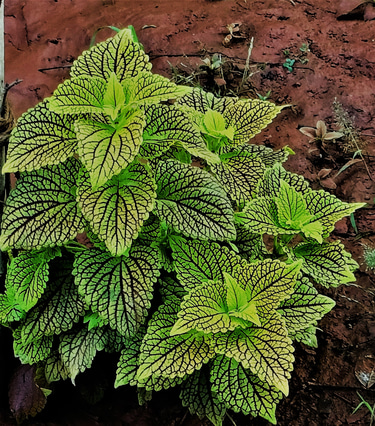Cultivation of Marigold
Marigold is a popular cut flowers, very affordable to fulfill festive occasions. Its alluringly bright colors best suited for decorative purposes special occasions. Marigold flowers are rich in lutein, a bio active carotenoid pigment, commercially used as food additive and natural coloring agents.
4/24/20246 min read
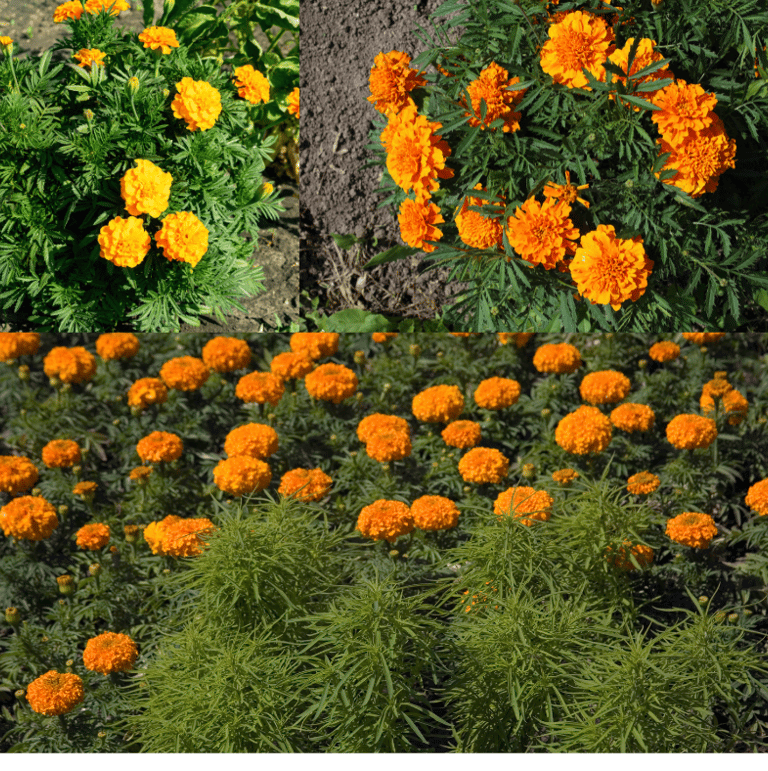

Cultivation of Marigold : A flowering plant
Marigold is a flowering plant, known for its abundant , rapid and long lasting elegant blooms. Plants are either annuals or perennials, produce attractive flowers with colors ranging from bright yellow to lemon yellow and light to golden orange. Marigold is native of Mexico and Central America, later spread to other parts of the world, now being cultivated world wide. Out of 50 common species of Marigold under genus Tagetes, a few are either being cultivated or have become naturalized in various countries. Tagetes patula ( French Marigold), Tagetes lucida (Mexican mint marigold), Tagetus erecta (Mexican/African Marigold) are popular cultivated species. Tagetes tenuifolia and Tagetes minuta are other species, but available wild or rarely cultivated with small flowers and perennial in habit.
Tagetes patula: This is commonly called as French Marigold. These are for producing small, red or yellow or orange flowers. Plants are bushy type and spreading and shorter in stature.
Tagetes erecta: These are popular as Mexican Marigold ( African Marigold). Taller in stature and erect type, grow up to a height of 75-90 cm. Known to produce bigger flowers of brighter yellow or orange colors. More commonly used in decorative, ornamental and festive purposes.
Tagetus tenuifolia: Small, bushy and spreading type of plants, produces bright yellow flowers, more of medicinal and culinery values in counties like Peru, Bolivia, Ecuador and others. . Plants are known for emitting more pungent odor.
Tagetus lucida: It is called Mexican mint marigold. Mainly cultivated for medicinal, culinary purposes, especially in countries like Mexico.
Chaina, India and Peru are the major producer of marigold, where as in India Madhya Pradesh, Karnataka, Tamilnadu and Andra Pradesh are the major states.
Use of Marigold
Marigold is a popular cut flowers, very affordable with long lasting bright color to fulfill festive occasions. Marigold flowers are rich in lutein, a bio active carotenoid pigment of Xanthophyll kind. As humans unable to synthesize Xanthophyl carotenoid and consumption of vegetables and fruits are the source. Marigold is yet another source of this useful pigment in the form of letein. As per estimates, dry matter of Marigold contains 0.1-0.2% of carotenoid, out of which 80% is in the form of lutein diester. Luteins are commercially used as food additive and natural coloring and flavoring agents in some food items. . They are also known for having antioxidant properties, important to keep up eye health. Presence of pigments in lutein helps to protect eye by absorbing UV radiation from light. Furthermore, Luteins extracted from marigold also used in poultry feed as an alternative to synthetic carotenoid. Use of the same reported to yield good quality eggs with bright yellow yolk. Use of lutein added supplements in cattle feed also showed improvement in milk out put, lactose and fat content.
Marigold plants are known to have oil glands and emits aromatic smell, thus acts as repellent plants against some insects like hoppers and sucking pests. They are also found beneficial in management of nematode infestations. Marigold leaves and flowers are also used in culinary purposes, especially Mexican cuisine. As plants have the ability to produce enough number of phyto-chemicals, thus exhibits medicinal properties. Dye extracted from flowers are used as natural coloring agent in textile industries.
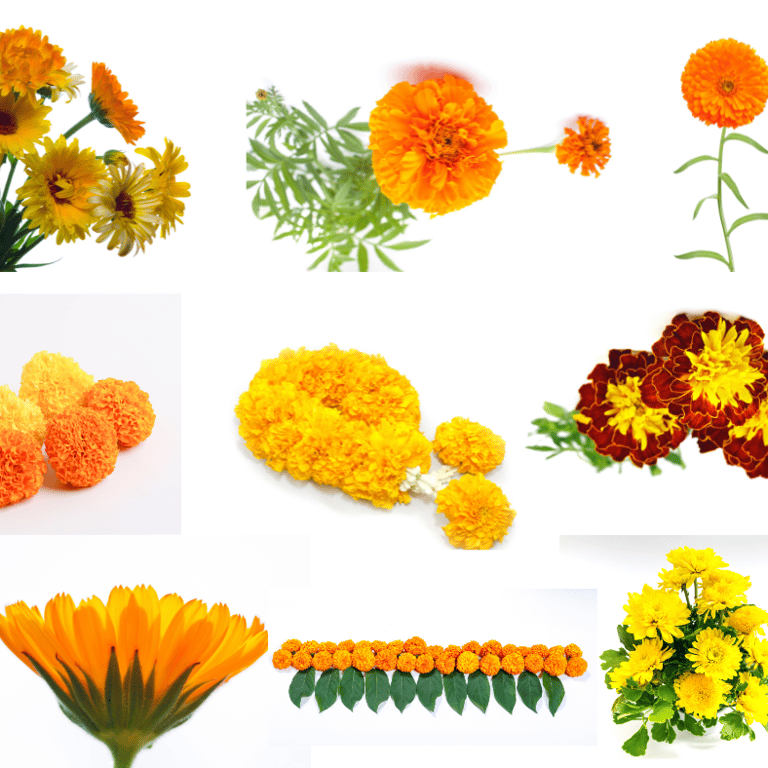
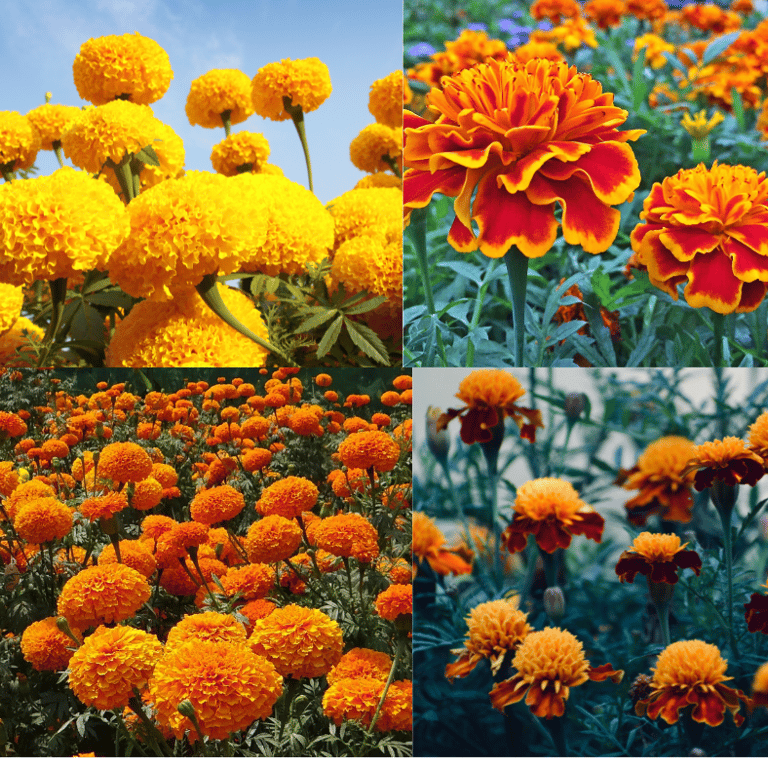
Cultivation Practice Of Marigold
Sowing and Transplanting: Any kind of land and soil with proper draining facility is convenient for taking up of marigold crop. Saline or alkali kind of soil should be avoided. Land should be prepared well before sowing. Seed rate applicable is 1.5kg/hectare. Seeds are sown at raised beds. Seed treatment with Azospirullum (200 gms in 50 ml of rice gruel) or Captan 2g/Kg gives protection against damping off of seedlings. Seedling of four weeks old is ready for transplanting and those are to be transplanted by providing space of 45X30 cm (French Marigold) or 60X45 cm (African Marigold). 15-20 t/ ha of FYM is recommended to be applied during land preparation. Not to forget to incorporate 45:90:75 kg of NPK/ha as basal dose at the time of transplanting.
After care of the crop : Nipping or tipping is one of the important operation to be taken up after 30 days of transplanting for better branching and increased flowering. In this process, tip of the plants are cliff-ed off to reduce apical dominance and to induce lateral branching and spreading. 45 Kg/ha of nitrogen is added by top dressing, 40-45 days of transplanting. Prior to that space between the plants are inter cultivated by removing weeds and shallow earthing up. At times, stacking or supporting to plants with the help of pegs or sticks to be given to protect against lodging, if required.
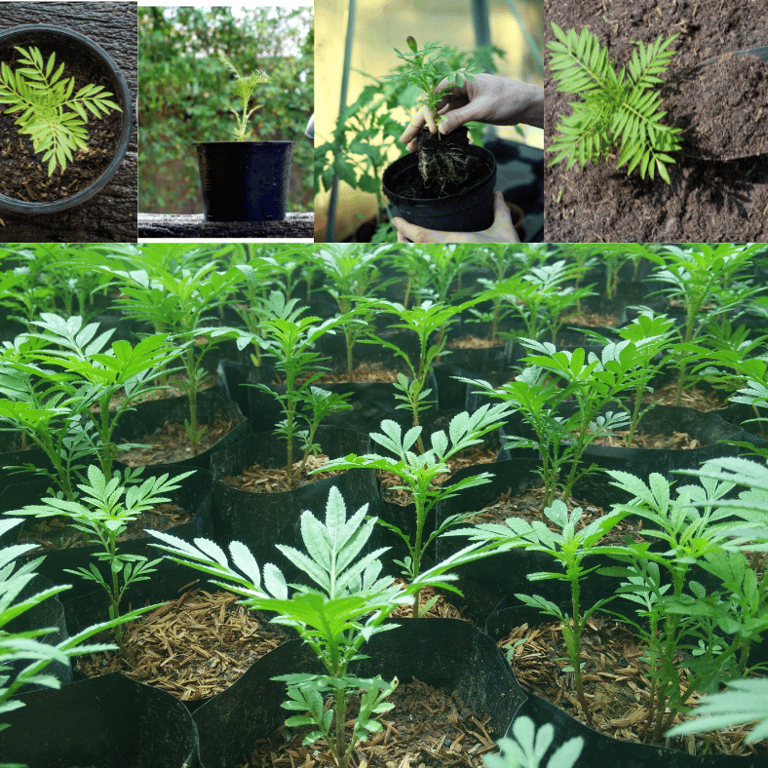
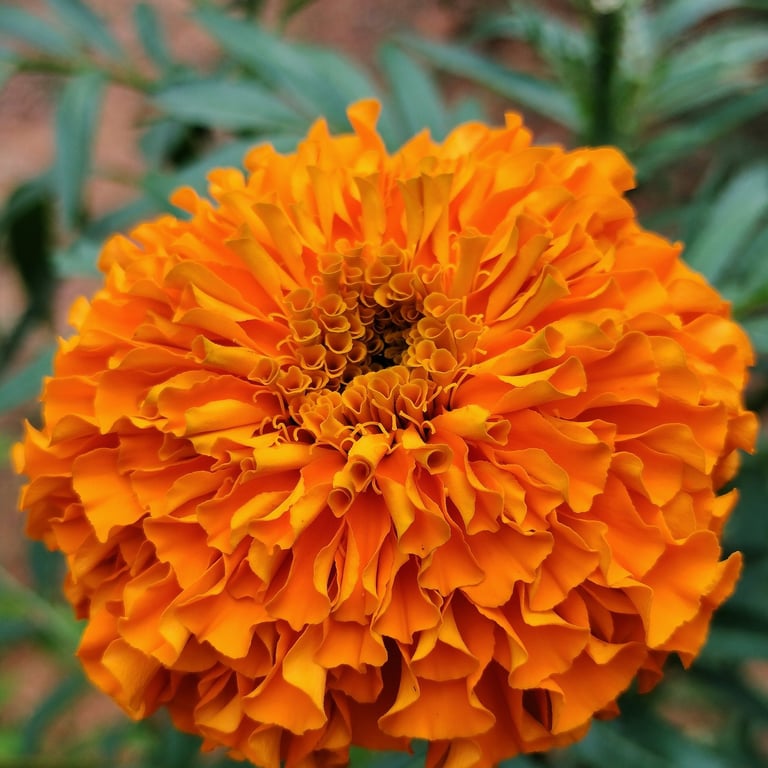
Varieties of Marigold:
Pusa Narangi Gainda: It is African Marigold variety, which of medium stature, grows up to the height of 75-80 cm. It takes 4 month to bear flowers and flower bearing last for 45-60 days. Potential yield of the variety is 20-30 Tonnes/ha. Plants bear orange flowers.
Pusa Basanthi Gainda: It is also African Marigold variety of medium suture, grows up to height of 60-65 cm. Crops start bearing flowering from 4th or 5th month from planting and bearing extends up to 50-60 days.
Arka Pari: It is a french marigold variety with a short stature, spreading type branches. Crops bear flowers from 30 days after planting and the same lasts for two months. Bears orange colored flower with yield of 4.7 tonnes/Acre.
Arka Honey: It is a french marigold cultivar. It bears double colored flowers with peripheral orange and central red petals. Estimated yield is up to 5.8 tonnes/Acre.
Arka Bangara, Arka Madhu are the other well known french Marigold variety available for cultivation.
Plant Protection In Marigold
Insects: Red Spider mite, Beetles and sap sucking insects like Aphids and Plant hoppers are the insects affecting the Marigold crop. Red spider mites either red or brown in color, find in abundance during flowering, feed on leaves, leaving discolored patches and rusty appearance on affected area. Beetles feed on shoots and leaves, especially plant portions touching the soil. Leaf hoppers and aphids are sap sucking kind, infested plants show withering, curled and distorted leaves. Plants loose vigor to produce enough number of flowers.
Diseases: Damping off of seedling, stem rot or wilt, leaf spot and blight, powdery mildew, flower bud rots are important disease affecting marigold. In case of damping of seedlings, disease appear in nursery stage, where seedlings show necrotic spot and fall and die later. Stem rot or wilt is characterized by necrotic lesion at collar of the plant, leading to wilting at advanced conditions. appearing of brownish lesions on leaf is the symptoms of leaf spot or leaf blight. In case of bud rot, lesion appear on flower buds, leading to discoloration and failure in to blossoming. Even if blossoms, tip of the petals at the edge of the flowers shows brownish spots.
Yield of Marigold:
Most of the cultivated varieties of Marigold are annuals, stars bearing flowers from 4-6 month of planting. Flower bearing lasts for few months and plucking of flowers along with the stalks is done as soon as they attain full size and fully opened. . It is recommended to irrigated the field before the flowers are harvested, to improve the flower shelf life. The yield of African marigold and French marigold varies from 8-12 t/ha and 11-18 t/ha respectively, at the same yield varies depending on season of cultivation and variety.
Thus, Marigold cultivated may become part of landscape to have enticing look or can be harvested for cut flowers to make them part of festive occasion or can be used for nutraceutically or as a part of human diet. The cultivation requires relatively less attention and resources. Though the yield potential varies depending on season, but can be cultivated throughout the year, to meet the market needs and generate regular income.
Newsletter
Sign up for our newsletter and get notified about all new posted articles.
ADDRESS
House No. 2-113(P), Visnumurthynagar, Kelarkalabettu, Thenkanidiyuru, Udupi
cONTACT
7975809540
satishmqc362@gmail.com
